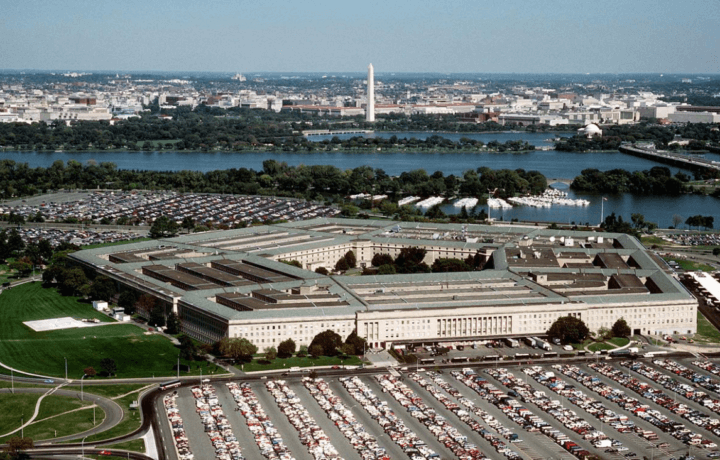The Pentagon has laid out its comprehensive strategy in the Middle East, detailing four key lines of effort aimed at safeguarding U.S. interests and regional stability. Pentagon Press Secretary Air Force Brig. Gen. Pat Ryder shared the DoD’s key points with the media, underlining the importance of each facet.
Four Lines of Effort in the Middle East
Here are the four lines of effort for the DoD.
1. Protection of U.S. Forces and Citizens
Ensuring the safety of American personnel and citizens within the region remains paramount.
2. Security Assistance to Israel
The U.S. is committed to providing essential security support to Israel as it defends itself against potential threats, particularly from groups like Hamas.
3. Hostage Release Coordination
The U.S. is working in close collaboration with Israel to secure the release of hostages held by Hamas, including American citizens.
4. Strengthening Force Posture
To deter both state and nonstate actors from escalating the crisis beyond Gaza, the U.S. is fortifying its military presence across the region.
This reinforced force posture includes the deployment of the USS Gerald R. Ford and USS Dwight D. Eisenhower Carrier Strike Groups, both currently stationed within the U.S. Central Command area, along with an Ohio-class submarine.
Current U.S. Presence in the Middle East
As tensions escalate in the Middle East due to the conflict between Israel and Hamas, the United States has significantly bolstered its military presence in the region. This deployment of Defense Department assets aims to deter the conflict from spiraling into a larger regional war.
Notable additions include the Eisenhower Carrier Strike Group, featuring the USS Eisenhower aircraft carrier and a comprehensive air wing, as well as the deployment of a nuclear-powered Ohio-class submarine through the Suez Canal. The Ford Carrier Strike Group, comprising the USS Ford and three ballistic missile defense ships, is patrolling the Mediterranean.
Additionally, several U.S. warships have been dispatched, such as the USS Mount Whitney in the eastern Mediterranean and the Eisenhower Strike Group’s supporting warships in the Red Sea. This force projection serves to safeguard the approximately 45,000 U.S. service members and contractors stationed in the Middle East, particularly in nations like Kuwait, Qatar, Bahrain, Iraq, Saudi Arabia, and the United Arab Emirates.
To enhance the defense measures, the Pentagon has sent around 1,200 troops to the region, primarily for air defense and support roles. The latest deployments indicate a commitment to maintaining stability and protecting U.S. interests in the volatile region.
DoD Response Focuses on American Security
Ryder also highlighted the recent attacks by Iranian proxy groups on U.S. forces in the Middle East. These assaults, using drones and missiles, resulted in several dozen injuries, ranging from minor injuries to traumatic brain injuries. Importantly, some of those injured didn’t immediately report their condition, underscoring the significance of self-reporting when injuries are not immediately evident to medical personnel. The Defense Department’s actions in the Middle East reflect its commitment to safeguarding American interests and regional security.




